As most of us know, our planet is changing on several fronts such as climate change, polluted oceans, biodiversity declines, land degradation, and so on. But Earth is a big place and keeping tabs on these changes is huge task. There is currently one tool at our disposal that can provide us with the big picture about the health of our planet. That tool is the system of satellites that observes Earth day and night. The past ten years (2010 – 2020) have witnessed tremendous developments in satellite capabilities that provide checks on the health of our planet. This has led me to think that we are living in a golden age of Earth observation. There are four main reasons that have influenced by thinking.
The first reason is that more civilian Earth-observing satellites have been launched in the past decade than at any decade prior. For example, the EU’s flagship Earth observation program, Copernicus, launched several satellites that are part of the Sentinel constellation, and that measure various aspects of the Earth’s atmosphere, land, and water. It is also becoming increasingly cost-effective to build, launch, and deploy satellites. For example, CubeSats, which are satellites measuring 10 x 10 x 10 cm and weighing around 1 kg, are relatively inexpensive to build and are launched in groups to take advantage of their small dimensions and enhance coverage of the Earth’s surface. There are also developments in rocket launch vehicles that have made them partially reusable and thus reduce the cost of launch missions.
The second is free and open access to satellite data. Since US opened up its historical Landsat archive going back to 1972 and made current Landsat data free, there has been a notable spike in scientific research that informs us about the health of our planet. Other space agencies such as the European Space Agency or the Japan Aerospace Exploration Agency also have open access data policies in place. All this translates to increased accessibility to satellite data and derived products for the public to use.
The third is the exponential growth of processing power and parallel computing. Think about it. Intel released its first dual core processor for consumer desktops, the Pentium D, a mere 16 years ago. In 2021, you can get a processor with 8 times the number of cores as the top-end Pentium D for the same price (accounting for inflation). On top of that, we now have cloud computing infrastructure where tech behemoths like Google, Amazon and Microsoft provide near-unlimited storage and insane amounts of computing power at our fingertips.
The fourth and final reason is the increasing popularity of machine learning methods, shared knowledge repositories, and massive open online courses (MOOCs). What machine learning can do is extract patterns and information from satellite data at high levels of precision, and access to these methods has never been easier. There are many open source tutorials online on using machine learning to get information from satellite images for anyone to learn and use for their own purposes. Additionally, there are several free or low-cost MOOCs on Coursera or Udemy for anyone who wants to delve deeper into machine learning.
So, what does it mean to be in this golden age of Earth observation? Well, when you put it all together it means a democratization of data on one hand, and science on the other. It means that anyone with a computer and a decent internet connection can have access to satellite data, process them using open source methods and extract information for their own use. This not only helps accelerate the rate at which scientific discoveries are made but also makes knowledge sharing and international development more equitable and inclusive. The veritable cherry on top is that free access to data and methods encourages the creation of a vibrant small business sector that not only sells services to the community but also provides employment opportunities. This is particularly important to keep in mind because the satellite market is expect to grow four-fold in the coming decade.
Note: This is a reproduction of my guest blog post at Tidningen Curie.
